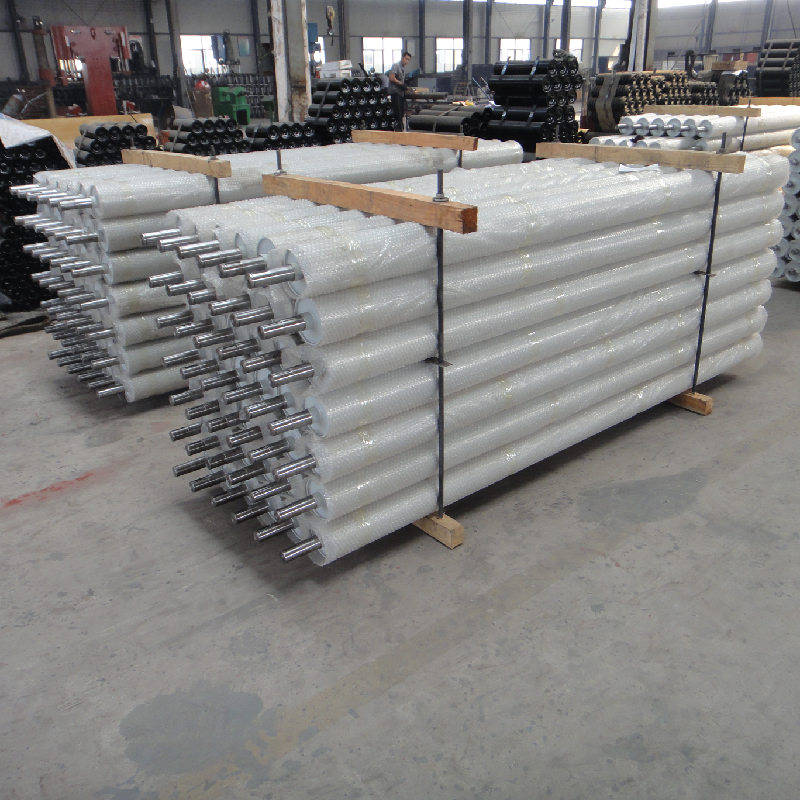 Afrikaans
Afrikaans  Albanian
Albanian  Amharic
Amharic  Arabic
Arabic  Armenian
Armenian  Azerbaijani
Azerbaijani  Basque
Basque  Belarusian
Belarusian  Bengali
Bengali  Bosnian
Bosnian  Bulgarian
Bulgarian  Catalan
Catalan  Cebuano
Cebuano  Corsican
Corsican  Croatian
Croatian  Czech
Czech  Danish
Danish  Dutch
Dutch  English
English  Esperanto
Esperanto  Estonian
Estonian  Finnish
Finnish  French
French  Frisian
Frisian  Galician
Galician  Georgian
Georgian  German
German  Greek
Greek  Gujarati
Gujarati  Haitian Creole
Haitian Creole  hausa
hausa  hawaiian
hawaiian  Hebrew
Hebrew  Hindi
Hindi  Miao
Miao  Hungarian
Hungarian  Icelandic
Icelandic  igbo
igbo  Indonesian
Indonesian  irish
irish  Italian
Italian  Japanese
Japanese  Javanese
Javanese  Kannada
Kannada  kazakh
kazakh  Khmer
Khmer  Rwandese
Rwandese  Korean
Korean  Kurdish
Kurdish  Kyrgyz
Kyrgyz  Lao
Lao  Latin
Latin  Latvian
Latvian  Lithuanian
Lithuanian  Luxembourgish
Luxembourgish  Macedonian
Macedonian  Malgashi
Malgashi  Malay
Malay  Malayalam
Malayalam  Maltese
Maltese  Maori
Maori  Marathi
Marathi  Mongolian
Mongolian  Myanmar
Myanmar  Nepali
Nepali  Norwegian
Norwegian  Norwegian
Norwegian  Occitan
Occitan  Pashto
Pashto  Persian
Persian  Polish
Polish  Portuguese
Portuguese  Punjabi
Punjabi  Romanian
Romanian  Russian
Russian  Samoan
Samoan  Scottish Gaelic
Scottish Gaelic  Serbian
Serbian  Sesotho
Sesotho  Shona
Shona  Sindhi
Sindhi  Sinhala
Sinhala  Slovak
Slovak  Slovenian
Slovenian  Somali
Somali  Spanish
Spanish  Sundanese
Sundanese  Swahili
Swahili  Swedish
Swedish  Tagalog
Tagalog  Tajik
Tajik  Tamil
Tamil  Tatar
Tatar  Telugu
Telugu  Thai
Thai  Turkish
Turkish  Turkmen
Turkmen  Ukrainian
Ukrainian  Urdu
Urdu  Uighur
Uighur  Uzbek
Uzbek  Vietnamese
Vietnamese  Welsh
Welsh  Bantu
Bantu  Yiddish
Yiddish  Yoruba
Yoruba  Zulu
Zulu V-Belt Idler Pulley for Enhanced Machinery Performance and Efficiency
The Importance of V-Belt Idler Pulleys in Mechanical Systems
In various industrial and mechanical applications, the efficiency of power transmission systems is paramount. One key component that contributes to this efficiency is the V-belt idler pulley. This article will explore the significance of V-belt idler pulleys, their functionality, and their application in different sectors.
Understanding V-Belts and Idler Pulleys
V-belts are essential components in many machinery and automotive systems, designed to transfer rotational motion between shafts. The V shape enables these belts to grip the pulleys effectively, minimizing slippage and maximizing torque transmission. However, to ensure optimal performance, V-belts require the right tension and alignment, which is where idler pulleys come into play.
Idler pulleys are used in conjunction with V-belts primarily to redirect the path of the belt and maintain proper tension. They can help guide the belt, change the direction of power transmission, or maintain a specific angle between two shafts. By doing so, they enhance the efficiency of the system and prolong the lifespan of both the belts and other components.
Role of Idler Pulleys
1. Maintaining Tension One of the critical roles of the idler pulley is to maintain the necessary tension in the V-belt. Proper tension is crucial to prevent slippage and wear. If the belt is too loose, it may come off the pulley or fail to transmit power effectively. On the other hand, if it is too tight, it can lead to increased wear on both the belt and the pulleys. Idler pulleys help find the optimal tension, allowing for a smoother operation.
2. Adjusting Alignment Often, the layout of machinery does not allow for ideal alignment between two shafts. Idler pulleys provide a solution by enabling the belt to follow a path that maintains alignment, preventing excessive wear on the pulleys and belts. This adjustment can be crucial for preventing system failures and ensuring consistent operation.
v belt idler pulley

3. Reducing Vibration and Noise By helping to stabilize the belt's path and maintaining tension, idler pulleys can also reduce vibrations and noise generated during operation. Excessive vibrations can lead to mechanical failure and costly downtime, making idler pulleys an important component for operational stability.
4. Extending the Lifespan of Components By reducing slippage, aligning shafts appropriately, and minimizing vibrations, idler pulleys contribute to the overall longevity of the V-belts and other mechanical components. This not only helps in cutting maintenance costs but also ensures more efficient operation in the long run.
Applications Across Industries
V-belt idler pulleys are utilized in various applications across multiple industries. In the automotive sector, they can be found in engines where the serpentine belt drives various accessories, including alternators, water pumps, and air conditioning compressors. The idler pulley in these systems ensures that the belt remains properly tensioned while directing power where it is needed.
In industrial settings, machinery such as conveyor systems, elevators, and compressors often employ V-belt drive systems with idler pulleys. Their role in maintaining tension and alignment is critical to the efficient operation of these machines, ensuring that products can move smoothly through production lines or that resources can be moved without delays.
Conclusion
In summary, V-belt idler pulleys play an essential role in the mechanical systems that rely on V-belts for power transmission. By maintaining tension, adjusting alignment, reducing vibrations, and extending the lifespan of components, idler pulleys contribute significantly to the efficiency and reliability of various applications in different industries. Understanding their function and importance helps engineers and technicians ensure optimal performance in their systems, highlighting the integral nature of this seemingly simple yet crucial component.
-
Revolutionizing Conveyor Reliability with Advanced Rubber Lagging PulleysNewsJul.22,2025
-
Powering Precision and Durability with Expert Manufacturers of Conveyor ComponentsNewsJul.22,2025
-
Optimizing Conveyor Systems with Advanced Conveyor AccessoriesNewsJul.22,2025
-
Maximize Conveyor Efficiency with Quality Conveyor Idler PulleysNewsJul.22,2025
-
Future-Proof Your Conveyor System with High-Performance Polyurethane RollerNewsJul.22,2025
-
Driving Efficiency Forward with Quality Idlers and RollersNewsJul.22,2025





























